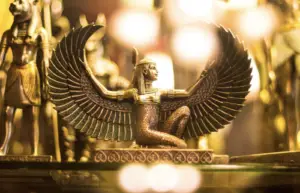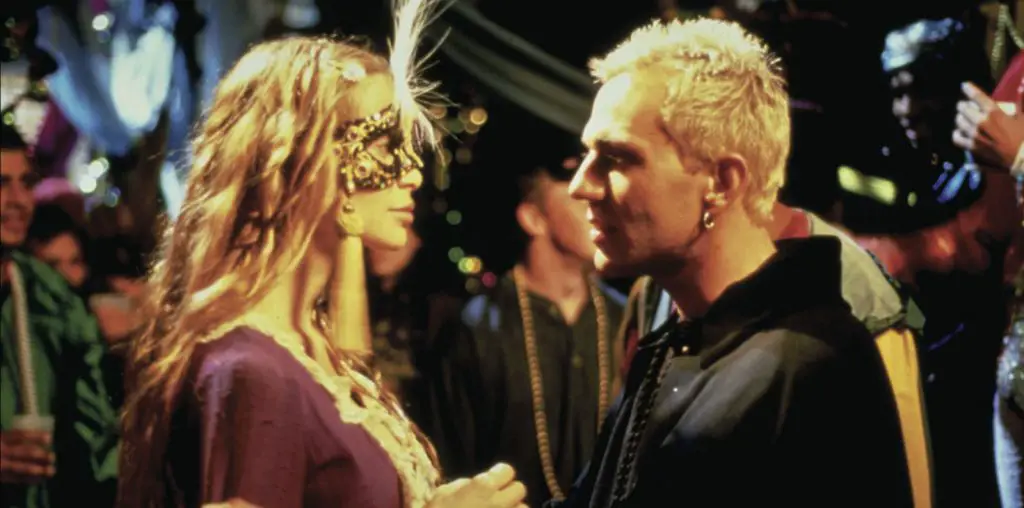
The history and culture of the Ancient Egyptians has been a fascination of ours for decades. But, how do filmmakers bring such an iconic and ancient era to life on screen? Let’s take a look at some of the techniques used to make Ancient Egyptian films as authentic and believable as possible.
Thematics
Ancient Egypt has many symbols and motifs that have become almost synonymous with the theme. As Ancient Egypt-themed entertainment has grown in popularity, these elements allow audiences to instantly recognize where and when the narrative is set. Just take something like online casino games. Ancient Egypt-inspired slingo games at Paddy Power use iconography such as the pyramids, sand dunes, masks, and hieroglyphics to make the gameplay authentic and immersive. Slingo Cleopatra uses the iconic characteristics of Cleopatra and her makeup, whilst Book of Slingo incorporates inscribed papyrus to further bolster the thematics.
This same technique can also be found in films based around Ancient Egypt. Gods of Egypt (2016), whilst not particularly known for its historical accuracy, remains to feel authentic. This is largely down to the characterization of the key figures of Egyptian mythology, using recognizable motifs such as eyes, staffs, and jewels.
Taking away the dramatic traps, Raiders of the Lost Ark (1981) manages to capture the essence of Ancient Egyptian tombs thanks to the attention to detail with the themed motifs and icons that are found throughout the movie. By using these themed visuals, it makes the setting for the films feel more believable and immersive.
Historical Consultants
One way that historical films can ensure that their content is believable is to hire people who are experts in the era. This ensures that certain aspects of the film – be it the cinematography, script, costumes, or accent – are as historically accurate as possible. The Polish film Faroan (1966), for example, despite depicting a character that is not from the history books, was determined to ensure the film depicted the life of Ancient Egyptians accurately.
The director of the film brought on renowned Egyptologist Kazimierz Michalowski as a technical advisor for the movie, and a costume designer who specialized in Ancient Egypt, Shadi Abdel Salam. Similarly, Stargate‘s (1994) plot is not rooted in history. However, Egyptologist Stuart Tyson Smith was consulted to advise actors on Ancient Egyptian linguistics and cadence, making the speech more believable.
Location

Of course, it is not possible to film in Ancient Egypt! Therefore, there are two approaches – film in modern-day Egypt, or bring it to life on set. The Ten Commandments (1956) is one that was filmed on location in Egypt, most notably Mount Sinai and the Sinai Peninsula. Filmmakers also studied numerous historical texts to estimate the locations as accurately as possible.
On the other hand, perhaps the most famous Ancient Egypt-inspired film, Cleopatra (1963) was mainly filmed in Pinewood Studios. The classic, starring Elizabeth Taylor and Richard Burton admittedly had stylings more on trend to the 1960s than Ancient Egypt. However, it followed Cleopatra’s story fairly accurately and became the highest-grossing film of 1963. That said, it was also the most expensive movie ever according to Variety Magazine, so make of that what you will!
And there you have it – just a few ways that filmmakers have made Ancient Egyptian-themed movies authentic, believable, and historically accurate over the years – even when the plots take creative license. So, grab your popcorn, and enjoy some of your favorites in a new light.


